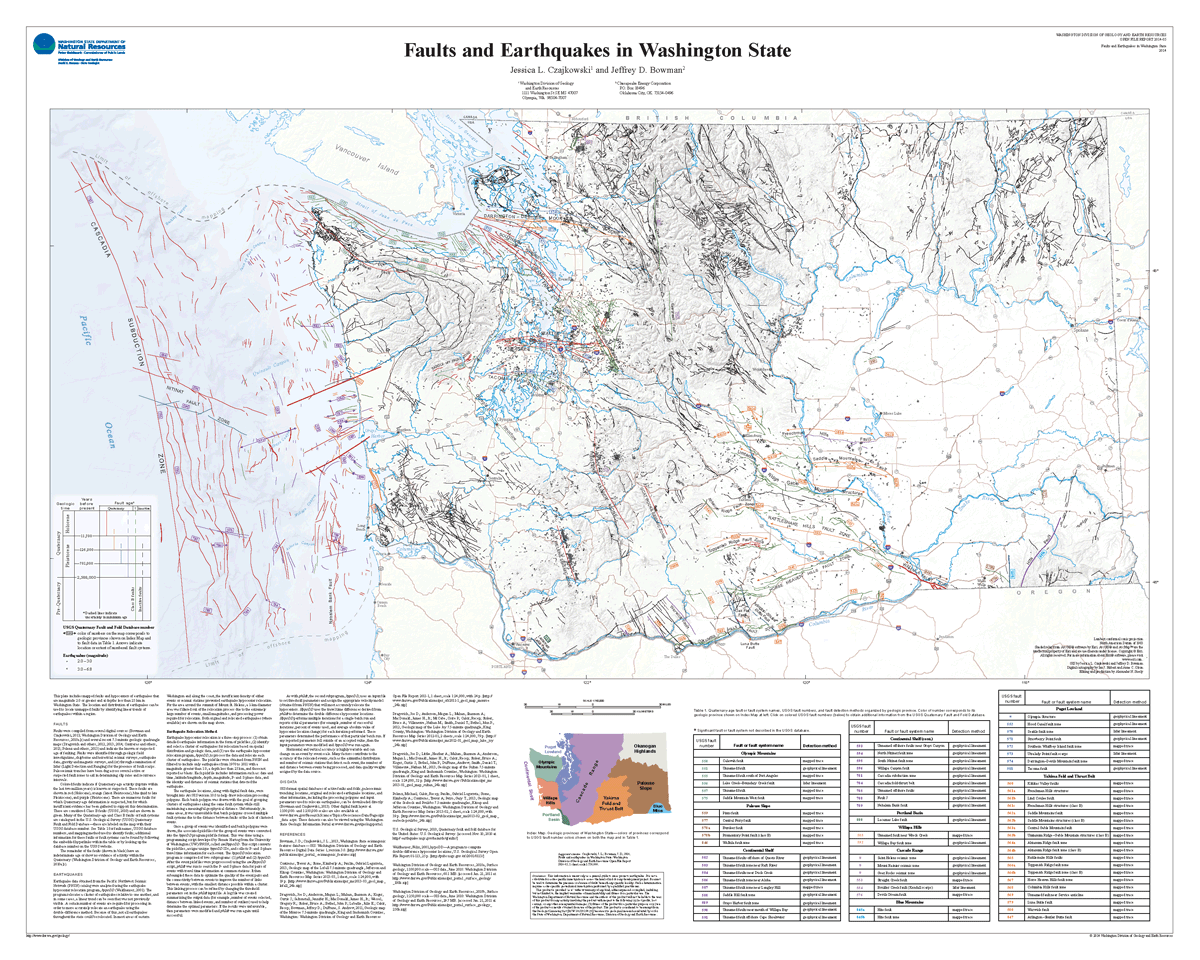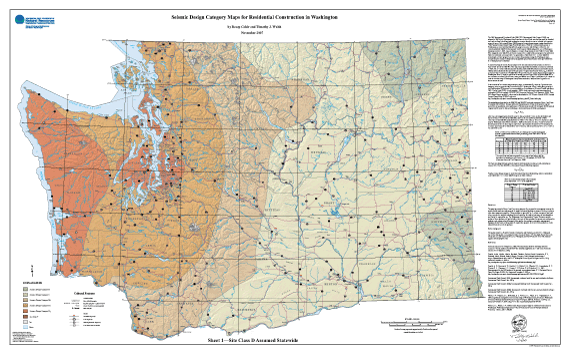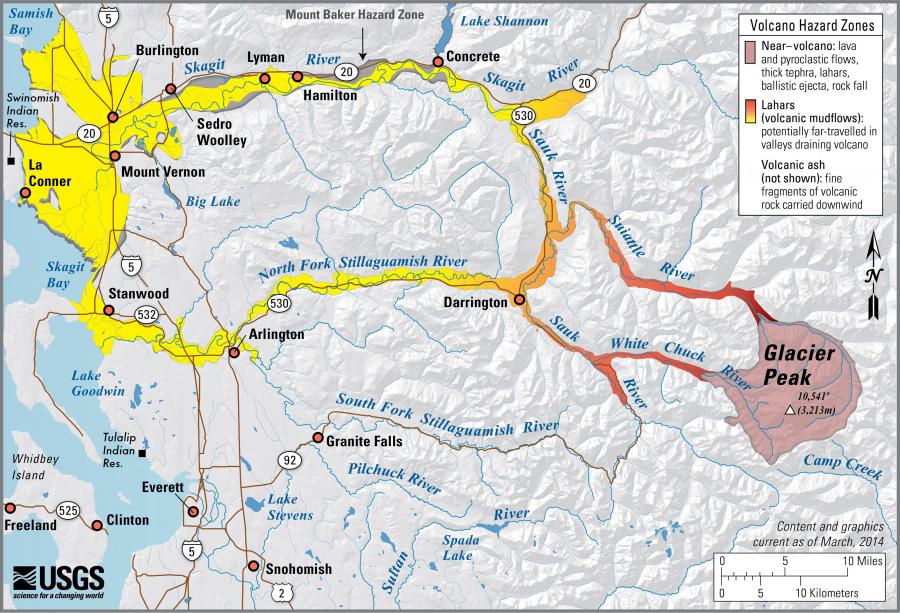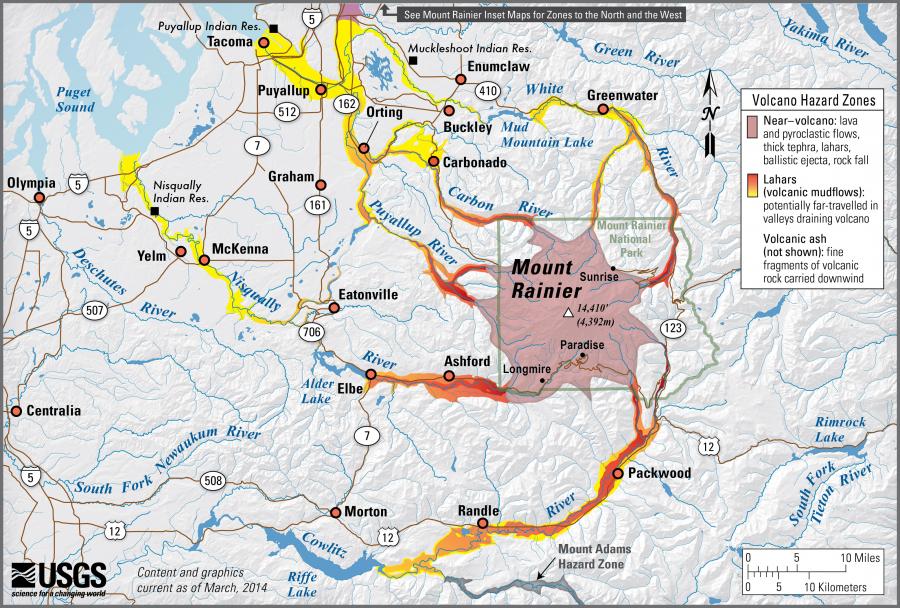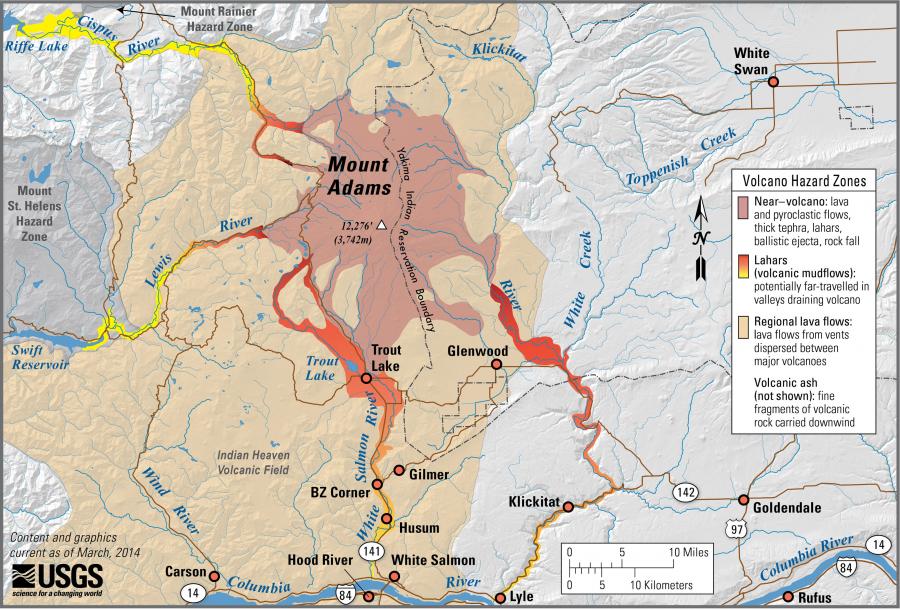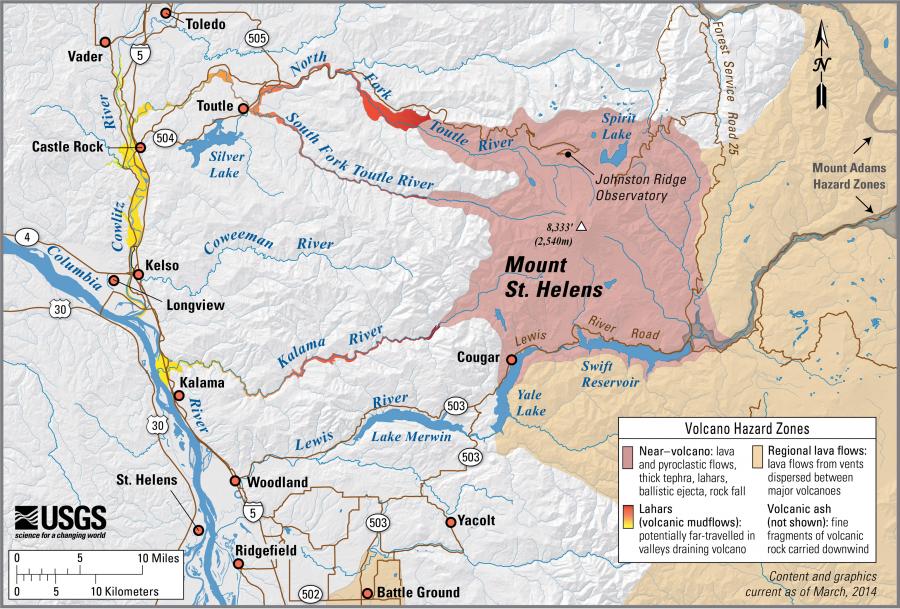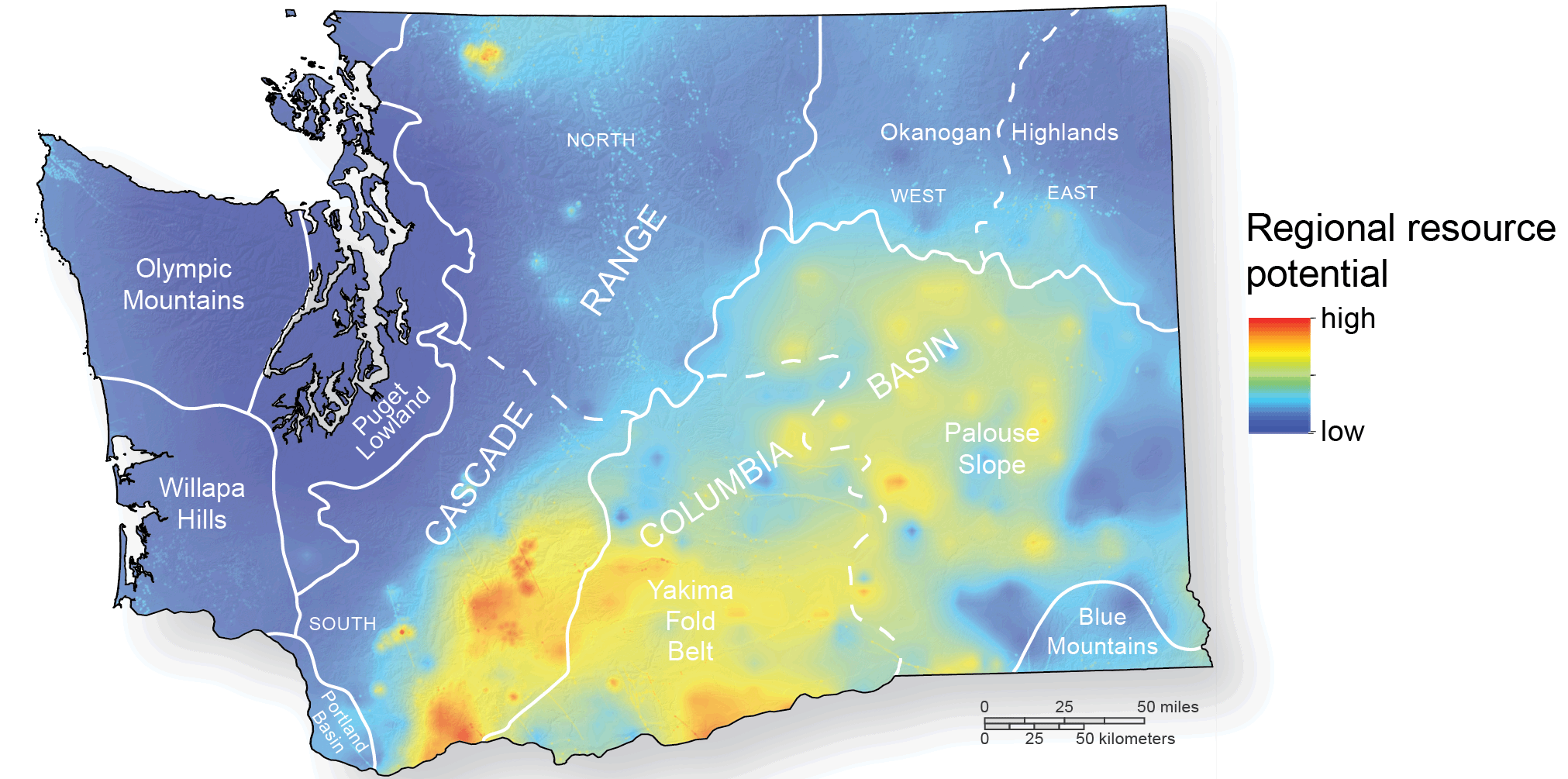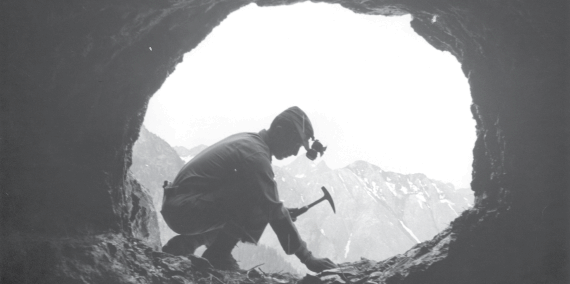
Since its creation in 1890, the Washington Geological Survey has released over 1,000 publications and maps. Publications contains everything that we produce, from reports to maps. Maps contains a collection of all of our map-based publications only.
We announce the release of publications and other news through our blog, Washington State Geology News. If you'd like to receive notification when we publish something new, you can subscribe by email on the blog, or directly here.
Looking for our booklets, fact sheets, and posters? See a list with download links here.
Publications
|
WGS Publication Catalog |
Publications List |
Washington Geology Library |
NGMDB |
WGS Publication Catalog
|
The publication catalog lets you find anything that we have ever made since 1890. The catalog also provides a map that shows where each publication is located and a preview of the PDF. |
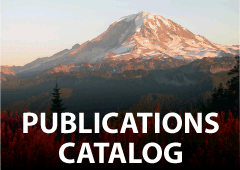
|
Publications List
Our downloadable Publications List contains all of our publications with links to their PDFs. The publications are listed in chronological order within each series. If you don't know the series and number, you can search the publications list using Ctrl+F (Find).
Washington Geology Library
National Geologic Map Database

|
The National Geologic Map Database (NGMDB) is a congressionally mandated project led by the U.S. Geological Survey and Association of American State Geologists. The purpose is to build a national archive of maps and related data about geology, hazards, earth resources, geophysics, geochemistry, geochronology, paleontology, and marine geology. You can access it through a searchable catalog that contains information on over 88,000 geoscience maps and reports dating back to the 1800s, with links to hundreds of publishers. |
Maps
|
Geologic Maps |
Geologic Hazard Maps |
Resource Maps |
Washington Geologic Information Portal |
Geologic Maps
Surface Geology Maps
Vist our Washington State Geologic Map application to find surface geology maps throughout the state. Use the interactive filter and search tools to find geologic maps based on location and scale.
Google Earth Overlays
Click on the map below to download 1:100,000-scale geologic map KMZ files for use in Google Earth
Geologic Hazard Maps
- Tsunami evacuation
- Tsunami inundation
- Active faults and earthquakes
- Seismic scenarios
- NEHRP site class and liquefaction susceptibility
- Seismic design categories
- Hazardous minerals
- Lahar hazards
- Landslides
- Inactive and abandoned mines
-
Tsunami evacuation routes were developed to assist coastal residents and visitors find safer locations in case of an earthquake and tsunami. The published brochures are for specific areas.
The Geologic Information Portal has a Tsunami Evacuation single-topic map that allows you to search for addresses and locations of interest. The information on the portal and in the brochures is the same.
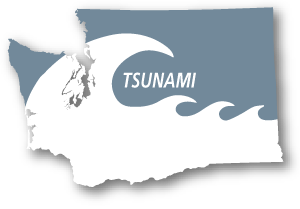
Evacuation Maps
This map shows all completed tsunami evacuation brochures and walk time maps for Washington. Clicking on a region will show you a link to download the map product. Use your scroll wheel or the zoom buttons in the upper left corner to zoom. For more information about these maps, visit our tsunami webpage.
Click on the areas of the map below to view and download walk time maps (in purple) and evacuation brochures (in green).
Click here to open the map in full screen.
-
Reports and Maps
These maps show all completed tsunami inundation maps for Washington. Clicking on a region will show you a link where you can download the publication. Use your scroll wheel or the zoom buttons in the upper left corner to zoom. For more information about these maps, visit our tsunami webpage.
Tsunami hazards from a Cascadia magnitude 9 earthquake scenario:
Click here for a full screen view of this map. Other Cascadia scenario tsunami maps can be found in our publications catalog.
Tsunami hazards from a Seattle Fault earthquake scenario:
Click here for a full screen view of this map.
-
Geologists from the Washington Geological Survey map and characterize faults throughout the state every year. We also combine and publish these data for the entire state.
The Geologic Information Portal has a Natural Hazards single-topic map that shows active faults and earthquakes. Click the "Earthquake Data" button in the Map Contents window to display faults and earthquakes.
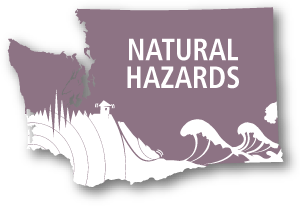
Reports and Maps
Click below to download the 2014 state-wide compilation of active faults and earthquakes.
-
The Washington State Seismic Scenario Catalog contains loss estimates for a suite of earthquake scenarios. These scenarios were selected to represent reasonable estimates of the most serious earthquake hazards everywhere in Washington as a basis for planning.
The seismic scenarios used to be available on our Geologic Information Portal but they have now been moved to a separate webpage that provides additional information and download options. The Cascadia subduction zone, Seattle Fault, and Tacoma Fault earthquake scenarios are still viewable on the Portal.
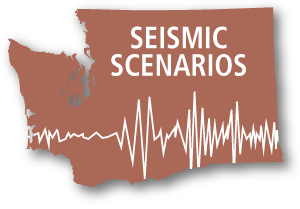
-
In response to the Nisqually earthquake of 2001, the Survey was awarded a grant by FEMA and the Washington Emergency Management Division to develop two types of earthquake hazard maps for every county in the state—liquefaction susceptibility maps, which outline areas where water-saturated sandy soil loses strength during earthquake shaking, and NEHRP (National Earthquake Hazards Reduction Program) site class maps, which outline areas where soils amplify ground shaking. The maps will be used by state and local governments to update existing hazard mitigation plans and to delineate geologically hazardous areas under the Growth Management Act.
The Geologic Information Portal has a Natural Hazards single-topic map that contains the site class, liquefaction, and seismic design categories data. Click the "Ground Response" button in the Map Contents window.

Reports and Maps
This map shows all site class and liquefaction susceptibility maps for Washington, by county. Clicking on a county will display links to the published maps and reports.
-
Seismic Design Category Maps for Residential Construction were developed and published in 2007 as two PDFs. Click below to download a .zip file with both maps.
The Geologic Information Portal has a Natural Hazards single-topic map that contains the site class, liquefaction, and seismic design categories data. Click the "Ground Response" button in the Map Contents window.
-
The Survey maintains a database of hazardous mineral locations from mines or prospects known to have produced uranium, mercury, asbestos, or arsenic. The database also contains the locations of mapped ultra-mafic rocks that may potentially contain asbestos and a radon hazard map.
The Geologic Information Portal has data that shows known hazardous mineral locations and radon hazards. Click the "Minerals" button in the Map Contents window.

-
The Survey works with the U.S. Geological Survey and the Washington Emergency Management Division to study and develop response plans for lahars. Geologists with the Survey have studied lahars as a part of ongoing efforts to map the geology of Washington state. These publications can be searched on the Washington Geology Library catalog.
The Geologic Information Portal has a Natural Hazards single-topic map that contains lahar hazards and land parcels at risk from potential lahar scenarios. Click the "Volcanoes" button in the Map Contents window.

Reports and Maps
The following maps show generalized lahar hazards for each of the major volcanoes in Washington. Each map is associated with a report. Check out the Geologic Information Portal (below the table) for detailed hazards near Mount Rainier.
-
The Geologic Information Portal has a geologic map theme that shows mapped landslides in the state. These landslides are compiled from existing geologic maps. The absence of a mapped landslide does not indicate the absence of landslide hazard. Click the "Landslides" button in the Map Contents window.

Landslide inventories have been completed for several counties in Washington. To see a map of the available publications, visit our landslides webpage.
-
Many of Washington's metal mines are now abandoned, and the Survey has steadily made headway in inventorying the history, physical characteristics, and geologic and environmental hazards of over 60 abandoned mine sites or districts. Only the mines with more than 2,000 feet of underground development, more than 10,000 tons of production, or had a known mill site or smelter have been evaluated at this point.
Click on locations below to download Inactive and Abandoned Mine Land Reports.
Resource Maps
- Aggregate resources
- Oil and gas resources
- Geothermal resources
-
Click on the map below to download completed aggregate resources maps, and view our in progress and scheduled aggregate resource mapping areas.




